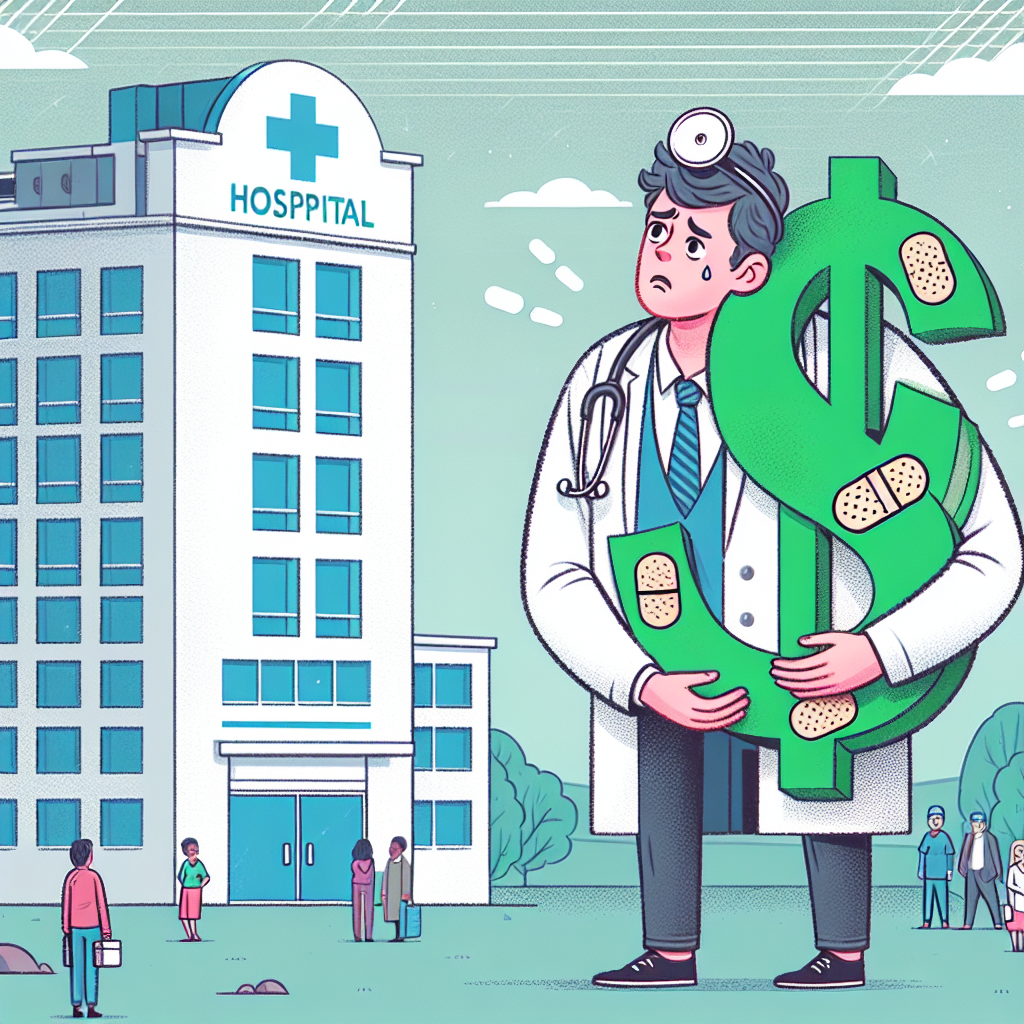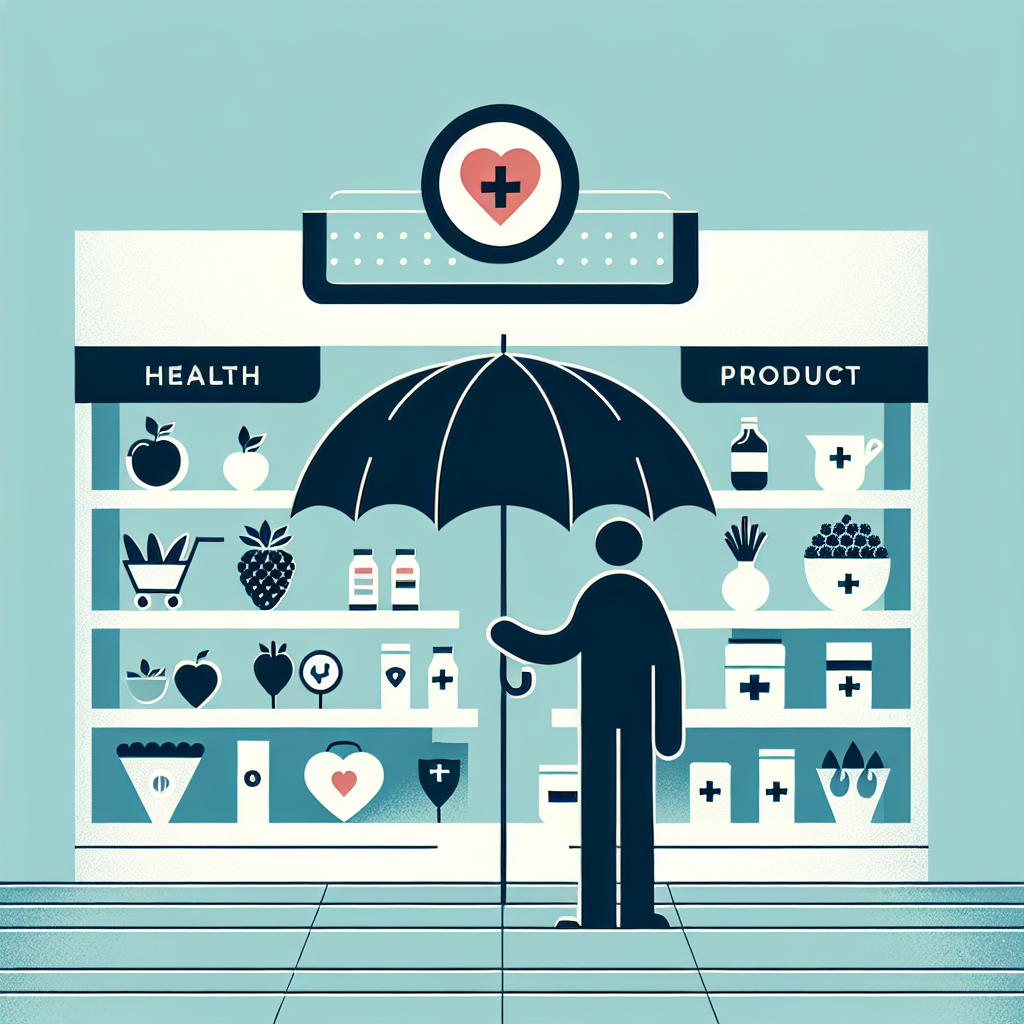Filed under Health Insurance on
Understanding High Costs of US Health Insurance

Every year, countless Americans brace themselves for the daunting task of navigating the complexities of the U.S. health insurance system. One of the most frequently asked questions remains, “Why are health care premiums so high?” Understanding the high costs of US health insurance is crucial for both policymakers and consumers as they seek affordable and effective solutions.
The Escalating Costs of US Health Insurance
There's no denying the sticker shock many feel when they first encounter the price tag of health insurance in the United States. To demystify the situation, it's essential to delve into the multiple factors driving these costs.
The Role of Medical Advancements
While technological advancements save lives, they also come with hefty price tags. Modern diagnostic tools, personalized medicine, and state-of-the-art treatments significantly drive up the cost of healthcare. Although these innovations lead to better outcomes, they also result in increased insurance premiums.
Administrative Expenses
A significant portion of healthcare spending goes into administrative costs. A study from the Journal of the American Medical Association emphasized how administrative expenses, including billing and insurance-related activities, account for nearly 25% of healthcare spending. This highlights a critical difference when understanding the high costs of US health insurance compared to countries with streamlined healthcare systems.
Market Dynamics: Supply, Demand, and Monopolies
A deeper dive into market dynamics reveals how supply and demand, combined with monopolistic tendencies, impact insurance rates.
Limited Competition Among Insurers
In many regions, a limited number of insurance providers dominate the market. This limited competition often leads to higher prices, as consumers have fewer alternatives to choose from, inevitably influencing the cost structure of their health insurance plans.
Inflated Drug Prices
The U.S. uniquely grapples with exorbitant drug prices, largely due to the pharmaceutical industry’s monopolistic hold. Without stringent regulations, drug manufacturers have the freedom to set prices, leading to increased costs overall and, by extension, higher insurance premiums as these costs get passed down the chain.
The Influence of Chronic Diseases and Aging Population
America is witnessing a dual phenomenon: a rapidly aging population and an increasing prevalence of chronic diseases. These factors significantly strain the health insurance system, pushing costs upwards.
Prevalence of Chronic Diseases
Conditions like diabetes, heart disease, and obesity are on the rise. Managing these chronic conditions often requires ongoing treatments, medications, and frequent medical consultations, elevating overall healthcare costs and, consequently, insurance premiums.
Aging Demographics
The proportion of elderly citizens within the population continues to grow, leading to increased demand for Medicare and other health services. Older adults typically require more healthcare, consequently inflating the total expenditure and translating to higher individual policy rates.
Impact of Healthcare Policy and Legal Environment
The political and legal frameworks governing healthcare in the U.S. significantly shape how costs are transferred to consumers.
Regulatory Challenges
State and federal regulations, including mandates like the Affordable Care Act, aim to provide broader healthcare coverage but often result in increased operational costs for insurers. These additional expenses usually find their way to the consumer's wallet through higher premiums.
Tort Law and Malpractice Insurance
The legal landscape concerning malpractice insurance and tort laws adds another layer to the expenditure puzzle. Fear of lawsuits can lead to defensive medicine practices, where healthcare providers order unnecessary tests and procedures to protect against litigation, driving up costs that ripple through the insurance ecosystem.
Strategies for Consumers: Navigating High Health Insurance Costs
While the systemic issues contributing to high insurance costs may seem insurmountable, consumers can adopt strategies to mitigate their financial burdens.
Choosing the Right Plan
Understanding your healthcare needs is paramount. Opting for high-deductible health plans (HDHPs) can be a cost-saving measure for young and healthy individuals. Nonetheless, analyzing coverage details and potential out-of-pocket expenses helps ensure a plan aligns with personal medical needs and financial circumstances.
- Health Savings Accounts (HSAs): HDHPs often come with HSAs, providing tax advantages and helping manage routine expenses without eating into your savings.
- Preventive Care: Taking advantage of covered preventive care services can detect health issues early, potentially reducing long-term costs.
Advocating for Price Transparency
Advocating for more transparency in healthcare pricing can empower consumers to make informed decisions. Understanding the actual costs of procedures and services allows for better budgeting and negotiating options whenever possible.
The Importance of Policy Reforms
While consumers can take individual steps to navigate costs, broader policy reforms are essential for systemic change. Policymakers and stakeholders must focus on multi-dimensional strategies to curb rising costs effectively.
Encouraging Competition
Promoting competition among insurance providers through antitrust legislations can help lower premiums. The introduction of public options or cooperative insurance plans could also challenge current monopolies and offer affordable alternatives to consumers.
Regulating Drug Pricing
Implementing stricter regulations on drug pricing, similar to other developed countries, could offer significant relief. Allowing the government to negotiate directly with pharmaceutical companies for drugs purchased under programs like Medicare can alleviate consumer expenses.
Conclusion: A Multi-Faceted Approach is Essential
Understanding the high costs of US health insurance reveals a complex tapestry of technological advances, administrative overheads, market dynamics, and policy frameworks. Addressing these issues requires a combination of consumer strategies, industry transparency, and rigorous policy reforms. By taking concerted, well-informed steps, both individuals and policymakers can work towards a more affordable and equitable healthcare system.
In the end, unraveling the enigma of soaring health insurance costs may not be an immediate feat, but through persistent advocacy, informed decision-making, and strategic reforms, a more balanced landscape is achievable.





